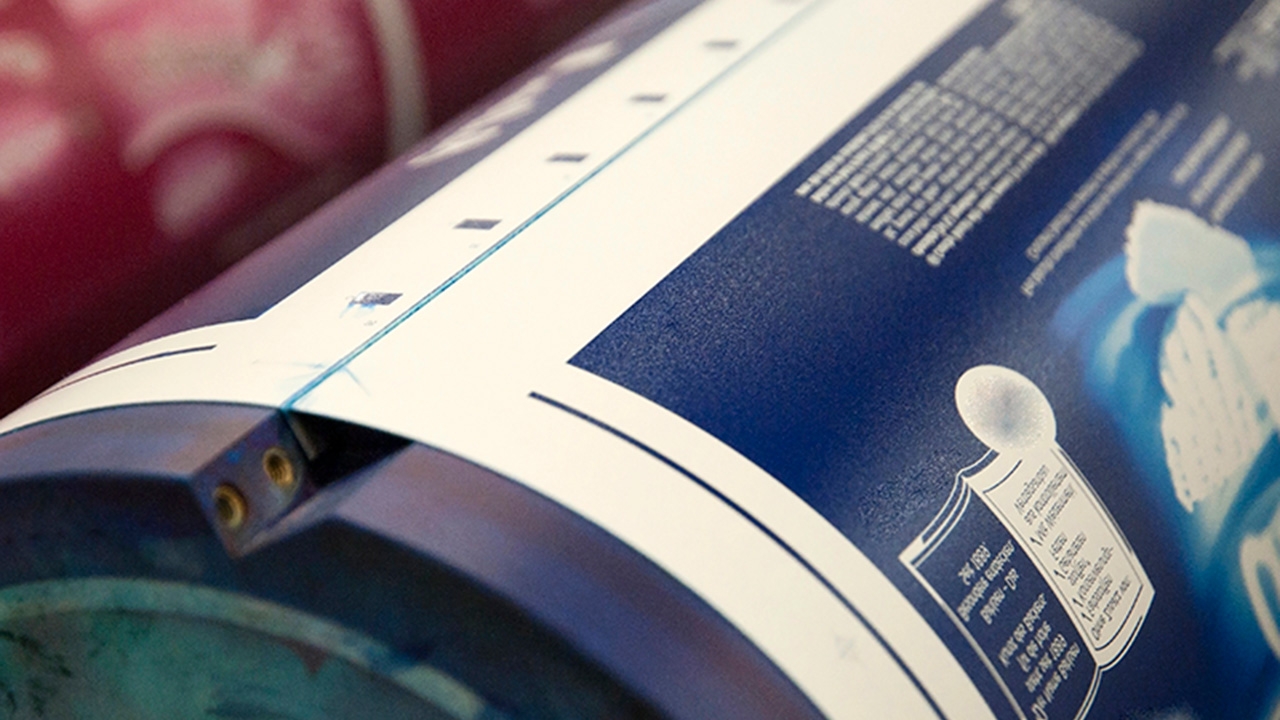Sustainability and digital innovation to power label market’s growth
Smithers forecasts steady 3.8 percent year-on-year growth for USD 44.8 billion printed packaging labels market.

Smithers, a business intelligence firm providing market reports and forecasts, has released The Future of Printed Labels to 2029 report. It estimates that the total market value in 2024 will reach USD 44.8 billion globally and forecasts 3.8 percent CARG through 2029.
According to the reports, sustainability and digital print innovation will power further growth in sales for printed sleeves and packaging labels.
Demand for labels in CPG sectors was impacted by COVID-19 at the beginning of the decade and through 2023 as converters ran down expanded inventories they had built up as a contingency.
With stability returning to the market, Smithers forecasts that a 3.8 CARG will drive value in the sector to USD 54.1 billion, at constant prices, in 2029. Across the same period, the volume of printed labels will increase from 1.34 trillion A4 print equivalents to 1.66 trillion, representing a 4.4 percent CAGR.
The company said flexo continues to print most long-run label jobs, with higher quality possible on sheetfed offset litho and gravure. Digital processes are well established in the narrow-web segment but still account for only a small percentage of contemporary output.
Digital print is well suited to capitalize on multiple emergent market demands for shorter print runs, quicker turnaround, versioning of labels and brand owner SKU diversification. This gives it a much higher share of the value of 21.6 percent in 2024. Narrow-web analog OEMs are facing this threat with increased automation to provide process improvements, including faster job set-up and plate changes, as well as increased use of fixed color palette printing.
Still, the report said that growth for digital print will outstrip that for analog through the end of the decade. Narrow-web printing on digital equipment is still slower than on high-throughput flexo lines, but it becomes increasingly competitive once streamlined workflow and job management are factored in.
The arrival of more hybrid machines—pairing a digital print engine with analog print stations and in-line finishing units—will enhance the versatility of print service providers. As this evolution occurs, inkjet will overtake toner as the preferred digital print method for labels.
Of the five label formats tracked in this Smithers study, the fastest growth will be in pressure-sensitive labels and sleeves, with future demand for wet glue and in-mold labels more muted. Print volumes for multi-part tracking labels will continue to fall rapidly across the remainder of the decade.
Both sleeves and pressure-sensitive formats are benefiting from pack sustainability mandates, which call for lighter-weight polymer stocks, label films with post-consumer recycled content, and technologies that separate more easily from the base material during recycling processes.
According to Smithers, this will happen alongside moves to improve labels' marketing value via new graphic and embellishment techniques, greater interactivity, and security markings. Label production is also responding to the arrival of more advanced artificial intelligence (AI) software in label design and layout and boosting uptime through enhanced quality control and inspection functions on press.
Beverages and food products are the largest end-use segments for printed labels, with a combined market share in 2024 of 64.9 percent. Growth in both these end-use segments is healthy, benefitting from new regulations requiring more data on ingredients, allergens, nutritional data and label recyclability.
Stay up to date
Subscribe to the free Label News newsletter and receive the latest content every week. We'll never share your email address.

